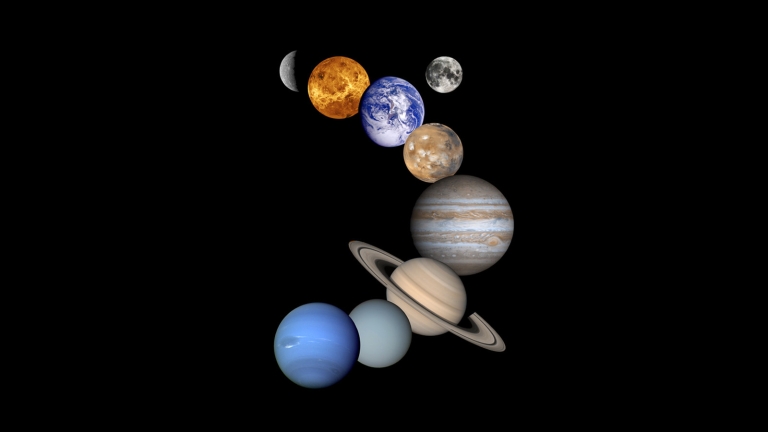BLOOMINGTON, Ind. – Venus will rise more than two hours before the sun and stand high in the east as dawn breaks in September. The dazzling white planet will outshine every other point of light in the sky. On the mornings of Sept. 1 and 2 it will pass just 1 degree south of the Beehive star cluster, a lovely sight in binoculars.
Mercury will have its best morning appearance of the year on Sept. 12. It will be 11 degrees high in the east a half-hour before sunrise, easy to find in morning twilight. Afterward it will quickly fall back toward the sun, disappearing from view in the final week of the month.

Mars will be much fainter, and binoculars may be needed to pick it out of the glow of dawn 3 degrees to the lower left of Mercury on Sept. 12. These two planets will come closer over the next few days until Sept. 16, when they will be less than 1 degree apart and appear in the same low-power field of view of a telescope.
The bright white star Regulus and a thin crescent moon will join the three planets on Sept. 18, shining below Venus but above the close pairing of Mercury and Mars near the eastern horizon.
The golden yellow planet Saturn will glow about 25 degrees high in the south-southwest an hour after sunset during September. Its rings will be tilted almost 27 degrees to our line of sight. Its largest moon, Titan, will be north of the planet Sept. 11 and 27 and south of it Sept. 3 and 19. The bright red-orange star Antares will be 12 degrees to Saturn’s lower right (west).
Jupiter will be at its dimmest and smallest for the year in September, too low for sharp views in a telescope. It will start the month about 10 degrees high in the west-southwest 45 minutes after sunset for Northern observers. By month’s end it will be only 4 degrees high at dusk. Jupiter will pass 3 degrees northeast of the bright white star Spica on Sept. 11.
Equinox
The sun will arrive at the September equinox at 4:02 p.m. EDT Sept. 22, marking the start of autumn in the Northern Hemisphere and spring in the Southern Hemisphere. For the next six months in the Northern Hemisphere, the nights will be longer than the days.
Moon phases
The moon will be full on Sept. 6, at third quarter on Sept. 13, new on Sept. 20 and at first quarter on Sept. 27.

